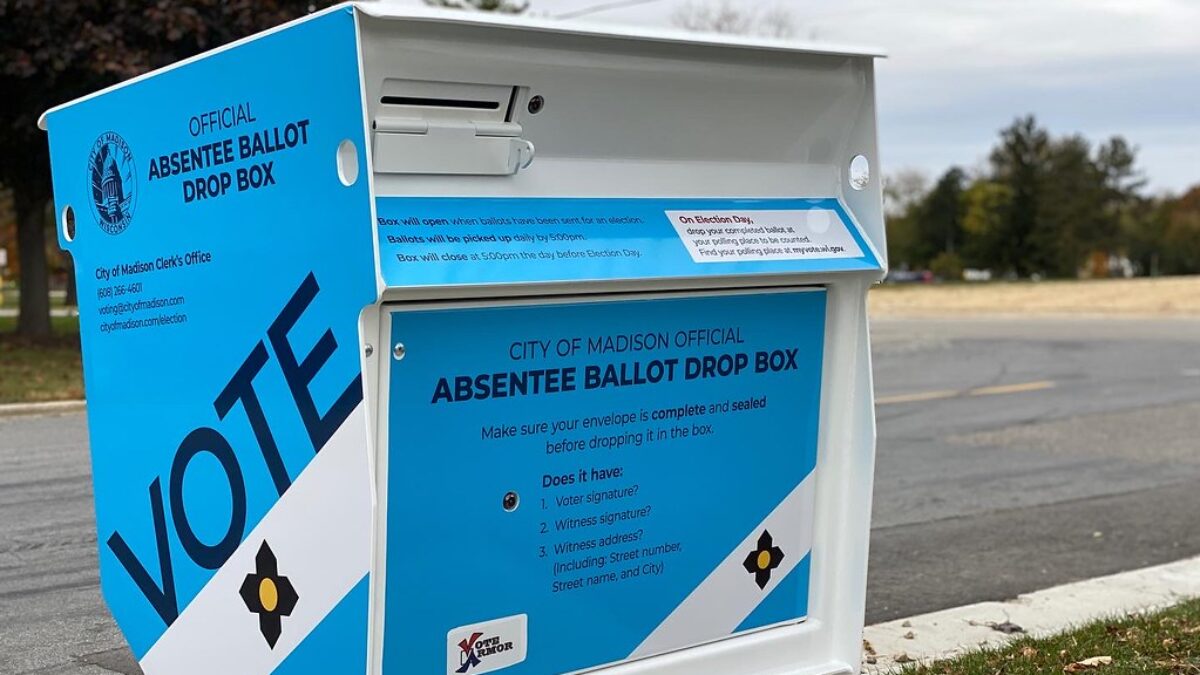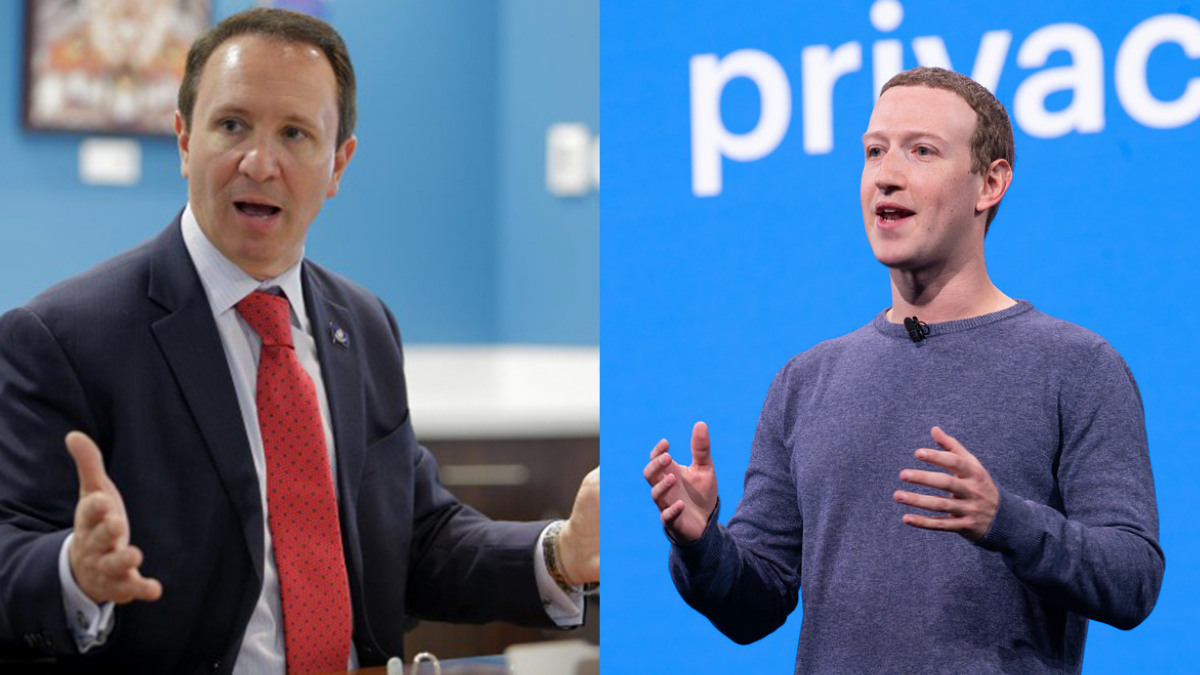
The great paradox of Bernie Sanders’s 2020 campaign is that, thanks to this year’s fragmented field, he has a better shot at the nomination while drawing a smaller percentage of the vote than in 2016, when he was the only alternative to Hillary Clinton. As Sanders’s appeal has changed from simply not being Clinton — gaining the support of both voters who thought she was too liberal and those who thought she wasn’t liberal enough — to being the standard-bearer of democratic socialism, his coalition has changed in ways that make it look more like the Democratic Party as a whole.
Iowa

The results of the first preference votes by county in Iowa are shown above. Red counties went for Sanders, yellow for Pete Buttigieg, blue for Joe Biden, green for Elizabeth Warren, and purple for Amy Klobuchar. (All election data is from Dave Leip’s Atlas of U.S. Presidential Elections, as of Sunday, March 1.)
Buttigieg, and to a lesser extent Biden and Klobuchar, did well in rural Iowa, while Sanders did better in urban Iowa, carrying a swath of east-central counties stretching from Des Moines to Cedar Rapids, Iowa City, and Waterloo, as well as Sioux City and Council Bluffs in the west. The following map shows how much Sanders’ percentage of the vote dropped off in each county from 2016 to 2020:

With some exceptions, Sanders came closest to his 2016 share of the vote in east-central Iowa and dropped the most in northeastern Iowa, a traditionally Democratic area where Donald Trump did well in 2016, and northwestern Iowa, traditionally the most Republican part of the state.
New Hampshire
In 2016, Sanders won New Hampshire by a landslide, getting 60 percent of the vote and winning every county. He romped in the rural northern and central parts of the state and the counties along the Vermont border, while Clinton came closest in the three southern counties — Merrimack, Rockingham, and Hillsborough — which have the bulk of the state’s population.
In 2020, Sanders narrowly defeated Buttigieg, losing three counties to him. 2020 was a much more binary election, with Buttigieg and Sanders the top two finishers in every county. Sanders dropped off most in the counties bordering Vermont and least in the more densely populated south. The maps below show the margins of victory in both primaries and the decline in Sanders’ margins of victory between the two:

Nevada
Clark County, Nevada, which contains Las Vegas and casts about two-thirds of the state’s caucus vote, is a microcosm of the Sanders campaign so far. The Vermont senator went from losing the county to Clinton with 45 percent of the vote to winning it over Biden with 35 percent to the former vice president’s 20 percent.
In no other state that has voted so far has the urban-rural divide in Sanders’s changing support been as stark. In Clark County, Sanders came within 10 percent of his 2016 vote, while falling short by 20 percent or more in some northern counties.

Looking at the margin of victory (i.e., the gap between Sanders and his nearest competitor), the difference is even more noticeable. Sanders gained more than 20 percentage points in Clark County, turning a 10-point deficit into a 15-point victory, and saw smaller gains in the area around Reno and Carson City. In several northeastern counties, Sanders’ margins were weaker than 2016.

While Nevada was Sanders’s clearest victory, it was also the state where Biden emerged as his main competition, coming in second after finishing fourth and fifth in Iowa and New Hampshire, respectively. This was a Clark County-driven phenomenon, since in the parts of Nevada outside Clark County, Biden came in fifth, behind Buttigieg, Warren, and Klobuchar.

At this point, it’s worth noting the racial difference between Clark County and the rest of Nevada. Clark County is majority-minority, with only 48 percent of its population white, 29 percent Hispanic, and 12 percent each black and Asian. Outside Clark County, Nevada is 70 percent white, just under 20 percent Hispanic, less than 6 percent Asian, and less than 3 percent black, and the electorate outside Clark County voted in a similar manner to the heavily white electorates in Iowa and New Hampshire.
South Carolina
Biden’s beter performance in diverse Clark County foreshadowed his victory in South Carolina, where black Americans make up more than half the Democratic primary electorate. Like Clinton, who won South Carolina by a three-to-one margin in 2016, Biden carried every county in the state over Sanders.
Ironically, South Carolina was the first state where Sanders’ percentage of the vote improved over 2016 in some counties, all of them rural with predominantly black electorates. This is largely a result of how poorly Sanders did in South Carolina in 2016, when in some rural counties, he received less than 10 percent of the vote. Unlike in other states, Sanders dropped off the most in urban areas, losing ground in Charleston, Greenville, Myrtle Beach, and the Charlotte suburbs.

The coalition behind Sanders in 2020 is already revealing differences from his 2016 coalition. In predominantly white rural areas, he has lost a significant amount of support. In rural, predominantly black areas of South Carolina, he gained some support, but not enough to keep Biden from a decisive statewide victory. In more diverse urban areas, he lost some of his 2016 support, but usually kept enough to win a plurality in a multi-candidate field.
Sanders is in the unusual position of having greater odds of winning the nomination with a smaller percentage of the vote than 2016, allowing him to focus his message and appeal on the left wing of the Democratic Party.
Who to Watch on Super Tuesday
On Super Tuesday, two groups bear watching. The first is Hispanic voters, who stuck with Clinton in 2016 but whom “Tio Bernie” has made efforts to win over. As we have seen, Sanders held onto enough of his support in diverse Las Vegas to win handily in a multi-candidate field. He will have to repeat the same feat in California and Texas, the two biggest Super Tuesday prizes, both with large Hispanic populations.
The other group is ancestral Democrats in areas that have trended to the GOP in recent cycles. In 2016, many of them voted for Sanders as a protest against Clinton. For example, Sanders carried every county in West Virginia and all but two in Oklahoma.
As Sanders’s appeal becomes more explicitly left-wing, however, this source of votes might dry up for him. On Super Tuesday, watch “Little Dixie” in southeastern Oklahoma, north-central and east Texas, west Tennessee, far-western North Carolina, and southwestern Virginia to see if Sanders is still appealing to these regions.
Sanders is not retaining all his voters from 2016, but he has retained enough of them to be a serious contender for the nomination. The Democratic establishment is looking to prevent him from turning his pluralities into majorities and, eventually, the nomination, as Trump did with Republicans in 2016. Time will tell if they can succeed, but they have an advantage the 2016 Republicans didn’t: the example of 2016 to learn from.









